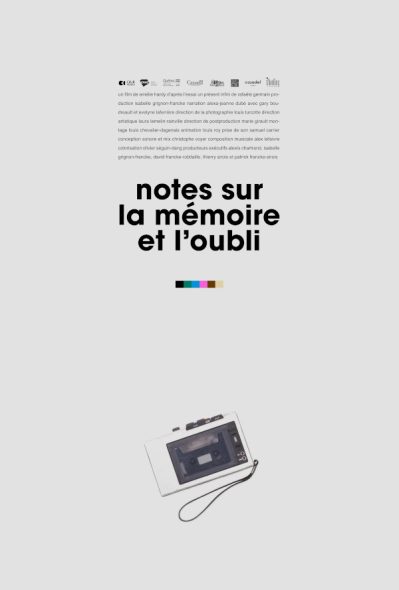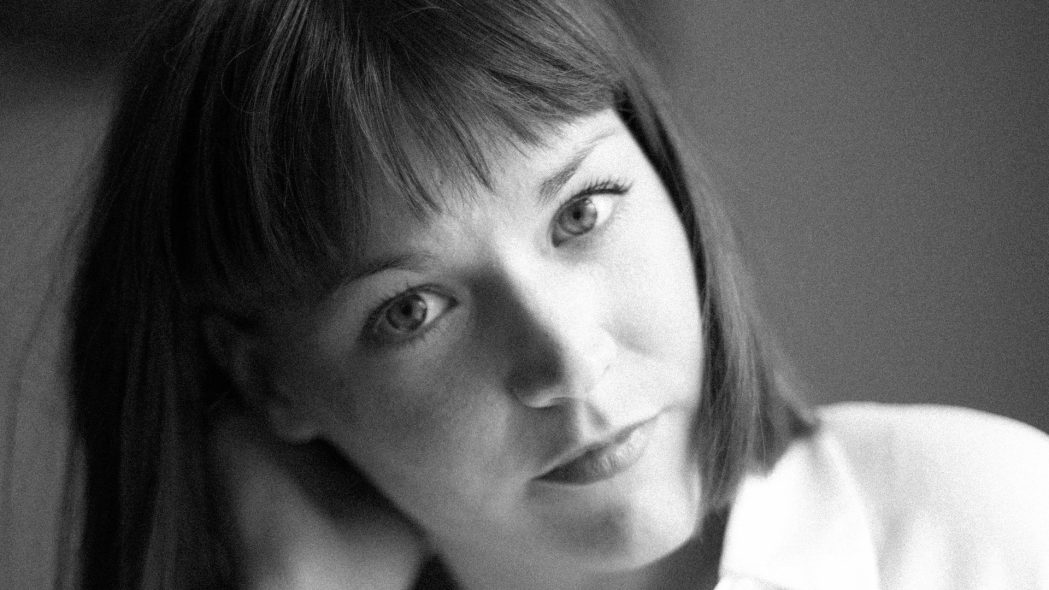About memory and loss
- Documentaire, Expérimental
- 8 min
- français
- 2022
Capture, document, record, share, restart. We are making ourselves more memorable than ever by archiving every bit of our daily lives. What if we lost something along the way?
s.-t. anglais:
About memory and loss
![]()
Directed by :
Awards and recognition : Prix de l'Université Namur - Festival International du Film Francophone de Namur - 2022 (Belgique)
Prix du Meilleur court métrage « cinéaste émergent.e » - Longue Vue sur le Court - 2022 (Québec/Canada)
Prix Juste pour rire - Gala Prends Ça Court! - 2022 (Québec/Canada)
Distribution : Travelling
Diffusion : Festival International du Film Francophone de Namur - 2022 (Belgique)
Festival du nouveau cinéma - 2022 (Québec/Canada)
Frontdoc - 2022 (Italie)
Cinemania - 2022 (Québec/Canada)
FICFA - 2022 (Canada)
Gala Prends Ça Court! - 2022 (Québec/Canada)
Longue Vue sur le Court - 2022 (Québec/Canada)
Carrousel du Film de Rimouski - 2023 (Québec/Canada)
REGARD - 2023 (Québec/Canada)
Rendez-vous du cinéma québécois - 2023 (Québec/Canada)
FIFEQ-QC - 2023 (Québec/Canada)
RiverRun Film Festival - 2023 (États-Unis)
Festival Courts-Bouillon - 2023 (France)
Festival Canadien de Dieppe 2023 (France)
Production : Club Vidéo




